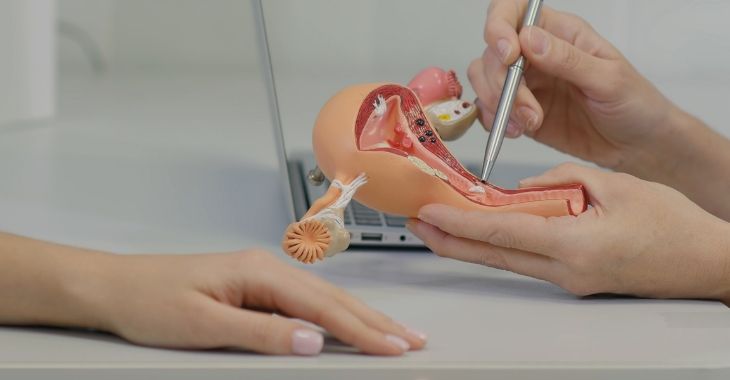The Three Phases of Menopause
During a woman’s forties, fifties and even sixties, the three phases of menopause occur, also referred to as simply “the change.” As the reproductive cycle begins to end for a woman, change is exactly what happens. Hormone production changes, causing many different side effects. Knowing what to expect and options for treatment can help minimize disruption in your life and help you make a smooth transition.
Perimenopuse
The phase before menopause occurs is perimenopause, usually 3-5 years before the onset. This can occur as early as in a woman’s late thirties but also may not happen until their fifties. You can begin to get symptoms of menopause like hot flashes, mood swings, night sweats, insomnia, vaginal dryness and urinary issues. However, your reproductive system is still viable, meaning you can become pregnant.
Menopause
Most women start menopause in their early fifties. This is when the menstrual cycle halts and you no longer have periods. Once twelve months have passed without a period, you will have completed menopause and “the change” has occured.
Postmenopause
After the twelve-month absence of menstrual periods, you will be entering the postmenopausal phase of your life. Some woman experience the symptoms of menopause that begin in perimenopause through all three phases, including the postmenopausal phase. The lowering of estrogen causes many of these symptoms and can also change your risk for certain diseases, including heart disease and osteoporosis.
Your gynecologist can help you manage your symptoms as you go through the three phases of menopause. There are treatments for menopause that can reduce discomfort, including hormone replacement therapy and other options. If you are entering this time of your life, talk to your OB/GYN about treatment options.
Posted on behalf of:
Solace Woman’s Care
690 S Loop 336 W Suite 220
Conroe, TX 77304
(936) 441-7100
The information provided on this website, including text, graphics, images, and other materials, is intended solely for informational purposes and should not be used as a substitute for professional medical advice, diagnosis, or treatment.


)